Vowel production by young adults with Down Syndrome
Vowel characterization
Vowels can be characterized by different acoustic properties. For doing so, people are recorded using a microphone while they are producing the vowels ‘i’, ‘a’, ‘ou’ embedded in words or non-sense syllables (Figure A). We then analyze the recordings using signal processing methods. Figure B provides an example of a sound and the frequencies it consists of for a speaker saying "aba". The horizontal dark bands on Figure B (below) corresponds to the frequency bands the vowel consists of (here 'a') called formants. The formant value can be read in Hertz on the vertical axis.
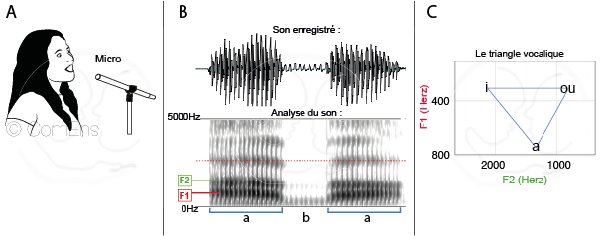
Each vowel can be caracterized by the values of its two first formants (F1 and F2, Figure B). If vowels ‘i’, ‘a’ et ‘u’ are represented in a F1/F2 plan, we get a triangle called the "vocalic triangle" (Figure C, above). The other vowels are all inside this triangle. Formant values vary according on the vowel and are linked to articulatory parameters. For example, F1's value is linked to mouth opening and F2's to the front/back position of the tongue in the mouth. The size of the vocalic space gives an idea of the articulatory capacities of a person and in particular of her capacity to produce vocalic contrasts.
The vocalic space of people with Down Syndrome
Some studies suggest that the vocalic space of people with DS would be reduced (Bunton et Leddy, 2010). These however involved only few speakers and were conducted on English speakers producing vowels embedded in words. Vowels produced in words are actually often less articulated and therefore do not provide a direct idea of what the speaker can actually produce in terms of maximal contrast.
In order to better understand the capacity of people with DS to produce vowels, we recorded and analyzed the productions of 8 native speakers of French with DS (4 females and 4 males) producing Vowel-Consonant-Vowel sequences (for example, "aba", "ibi"...). We compared these analyses with those conducted on the speech of 8 "ordinary" speakers of equivalent age and sexe. We published these first results in a conference article (Rochet-Capellan et Dohen, 2015, ICPhs, http://www.icphs2015.info).
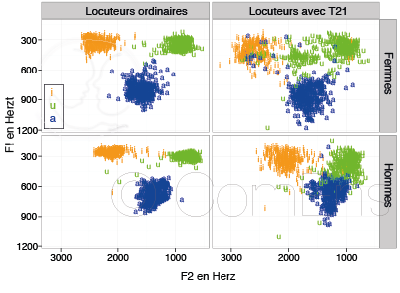
The figure above illustrates our main result: people with DS do not seem to have a reduced vocalic space. We however observe a potential reduction of the F2 dimension (front/back position of the tongue) in particular for the male speakers. The higher variability observed for speakers with DS illustrates the difficulties some speakers have to correctly produce the intended vowel, all the more when the vowel is initial. We have particularly observe a tendency to systematically produce the vowel 'eu' initially instead of the expected vowel. These preliminary results argue for issues in speech motor control, particularly for precise positions of the tongue.
We are currently extending this work with the aim of comparing vowel productions in words.
References
Bunton, K., & Leddy, M., 2010. An evaluation of articulatory working space area in vowel production of adults with Down syndrome. Clinical Linguistics & Phonetics.
Kent, R.D. & V orperian, H.K., 2013. Speech impairment in Down syndrome: a review. Journal of Speech Language and Hearing Research 56(1), 178- 210.
Rochet-Capellan, A. & Dohen, M. 2015.Acoustic characterisation of vowel production by young adults with Down syndrome, ICPhs, 10-14 August, Glasgow, Scotland.
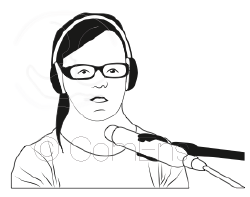
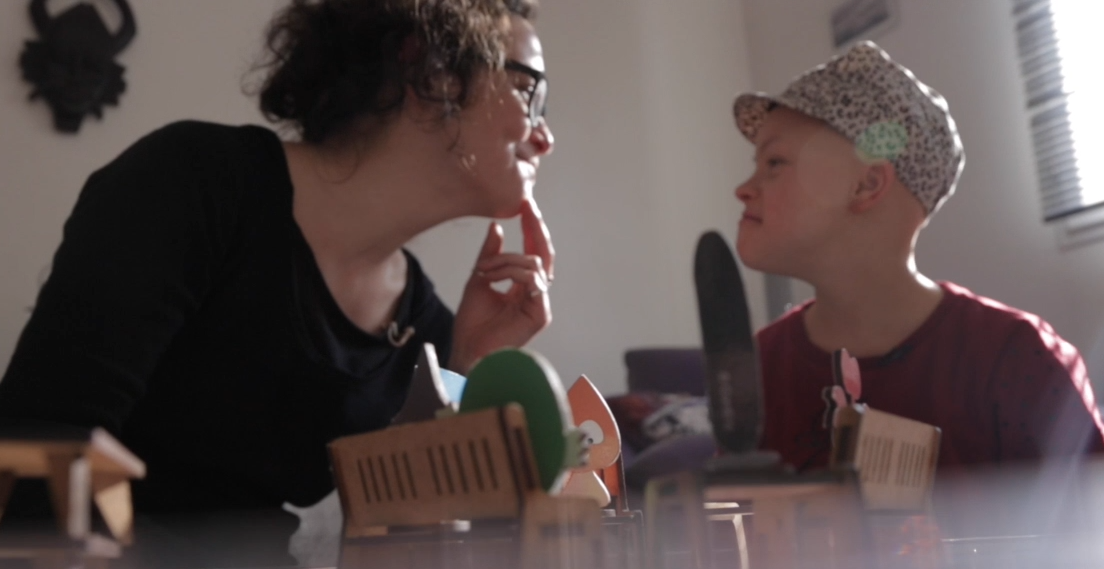
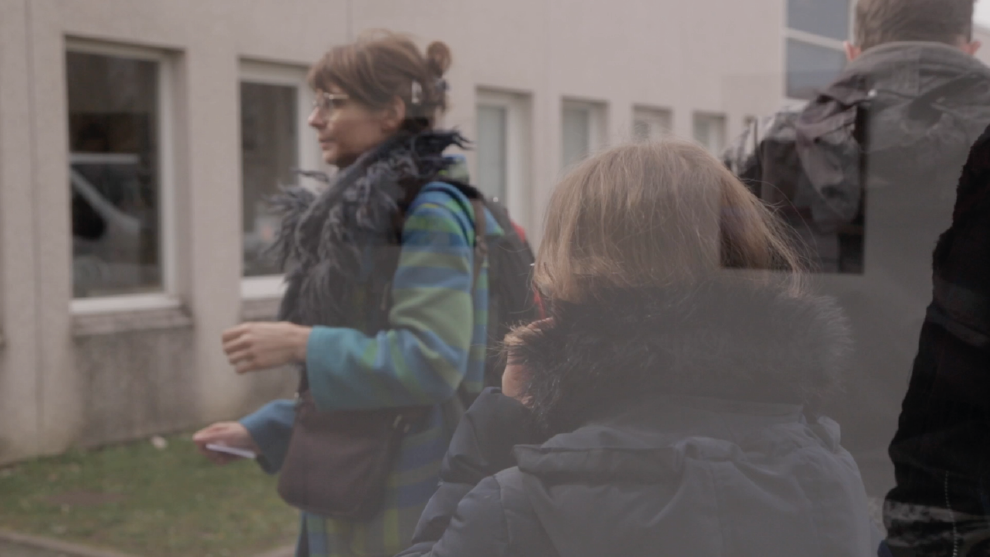
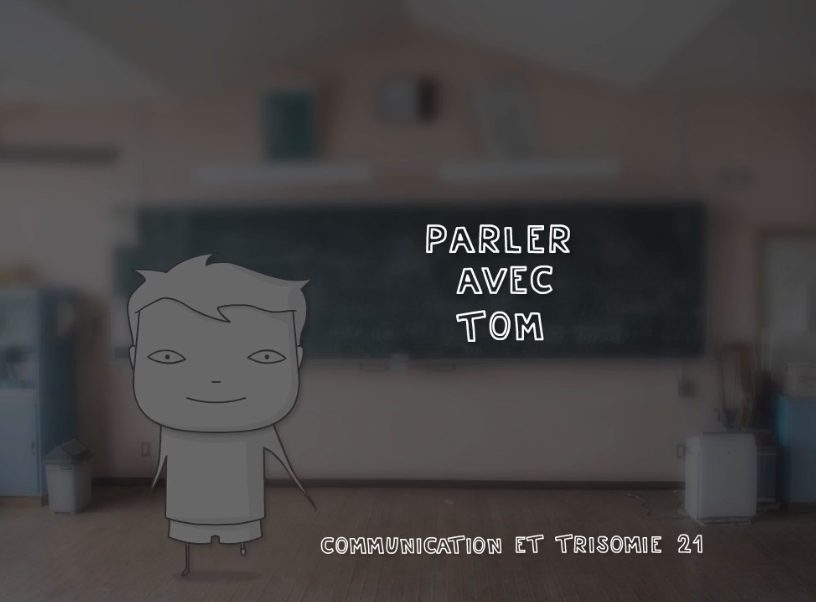













No linked comment